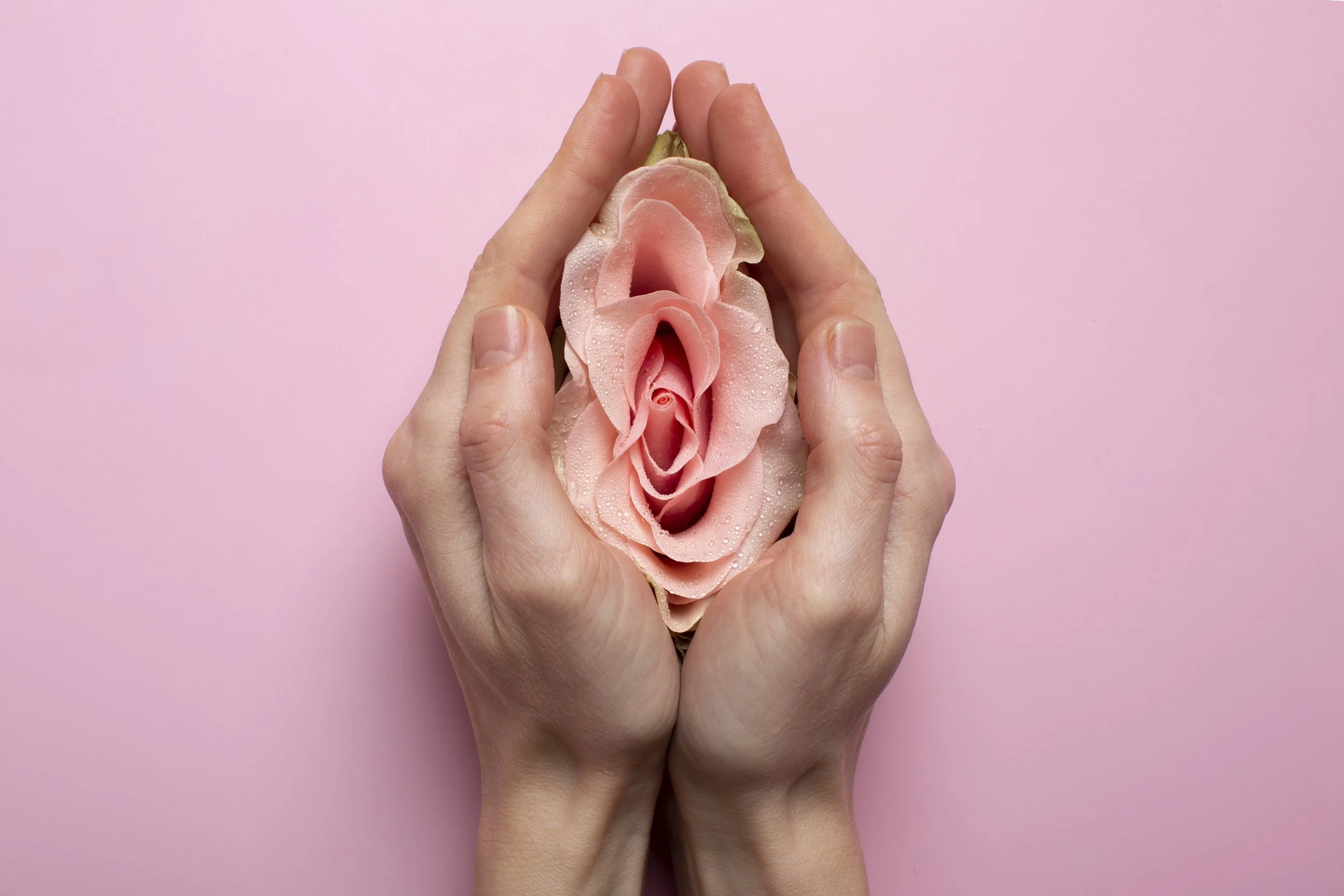Understanding Vulvar Changes in Menopause: What’s Normal and What You Can Do
As women move through perimenopause and menopause, many notice changes in their bodies, including their vulva and labia. These changes can bring up concerns, questions, and even embarrassment. At Empowered Wellness, we believe knowledge is power. Here’s what the science says about vulvar changes in midlife and what you can do to support your intimate health.
Do the Labia Shrink or Change in Menopause?
The short answer: yes, but not in the way you might fear. Declining estrogen levels during and after menopause can lead to changes in vulvar tissues. The labia minora (inner lips) and labia majora (outer lips) may appear smaller, less full, or even slightly thinner over time. This is due to:
Loss of collagen and fat in the skin
Decreased estrogen leading to thinner, less elastic tissues
Reduced blood flow to vulvar and vaginal tissues
This process is part of Genitourinary Syndrome of Menopause (GSM), a cluster of symptoms affecting the vulva, vagina, urethra, and bladder.
For more on GSM, read our post: Navigating GSM: Relief for Vaginal Dryness, Discomfort & More
Why These Changes Happen
Estrogen receptors are abundant in vulvar and vaginal tissues. As estrogen declines:
The labia majora may lose some of their fatty tissue and fullness.
The labia minora can shrink slightly or become less prominent.
The skin may appear paler or more fragile.
This is a normal physiological response to menopause but can be distressing for many women.
Evidence-Based Ways to Support Vulvar Health
The good news? There are effective strategies to improve tissue health, appearance, and comfort:
1. Use a Daily Vulvar Moisturizer
Hydration helps maintain tissue elasticity and comfort.
Here’s a vaginal moisturizer I love
2. Consider Vaginal Estrogen Therapy
Low-dose vaginal estrogen has been shown to reverse thinning and dryness in vulvar and vaginal tissues (1, 2).
Here’s an easy read with some more info on this topic: Common Myths About HRT—What’s True and What’s Not
3. Try Non-Hormonal Moisturizers and Lubricants
For those not using hormone therapy, over-the-counter options can provide relief.
Balance the vaginal pH and moisturize the tissue
4. Maintain Sexual Activity (If Comfortable)
Sexual activity, including self-stimulation, promotes blood flow to vulvar tissues, supporting tissue integrity. Always use a lubricant.
5. Lifestyle Habits That Help
Stay hydrated
Avoid harsh soaps and douches
Wear breathable cotton underwear
Consider pelvic floor exercises for improved circulation, or ask for a referral to a pelvic floor physical therapist.
Shop: My favorite cotton underwear
When to See a Provider
If you notice:
Pain with intercourse
Persistent itching or irritation
Bleeding after intercourse
Significant changes in appearance
Urinary discomfort or incontinence
…it’s time to consult a provider. These could be signs of GSM or other conditions that require medical evaluation.
At Empowered Wellness, we offer personalized solutions for intimate health, including both hormal and non-hormonal treatments. Schedule a free consult today!
-
Kaufman MR, Ackerman LA, Amin KA, et al. The AUA/SUFU/AUGS Guideline on Genitourinary Syndrome of Menopause. J Urol. 0(0). doi:10.1097/JU.0000000000004589. https://www.auajournals.org/doi/10.1097/JU.0000000000004589
Naumova, I., & Castelo-Branco, C. (2018). Current treatment options for postmenopausal vaginal atrophy. International journal of women's health, 10, 387–395. https://doi.org/10.2147/IJWH.S158913
This article contains affiliate links

